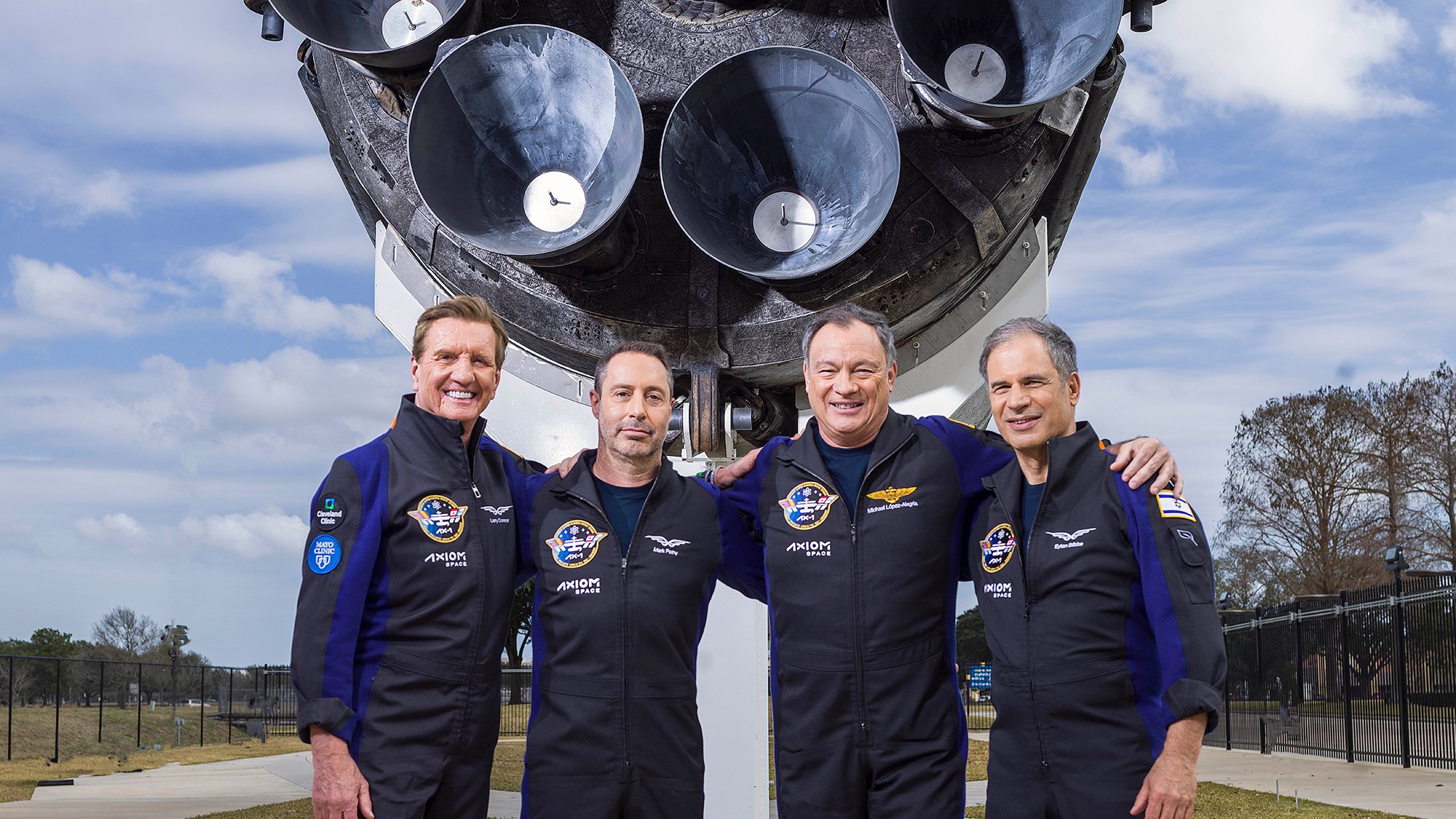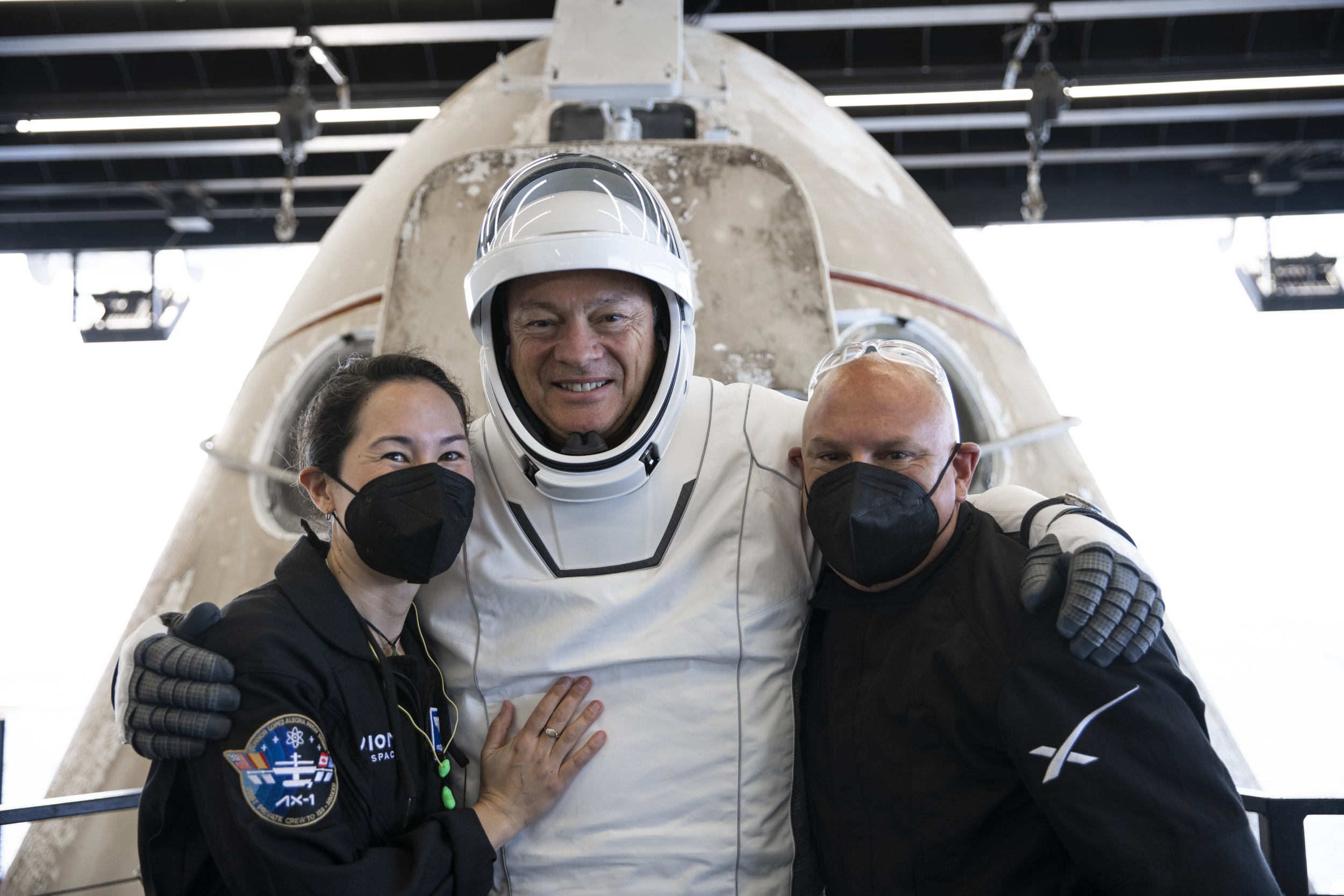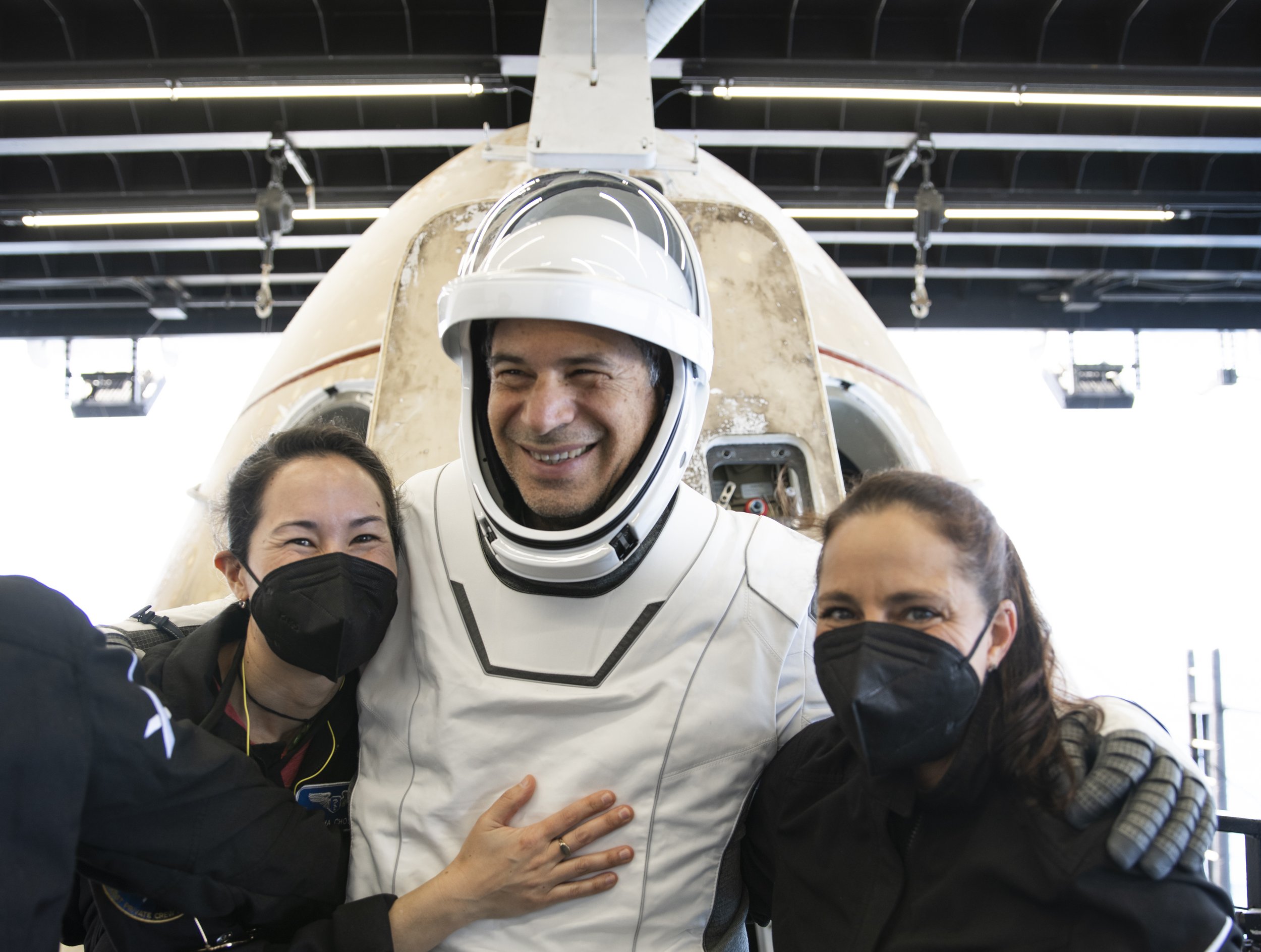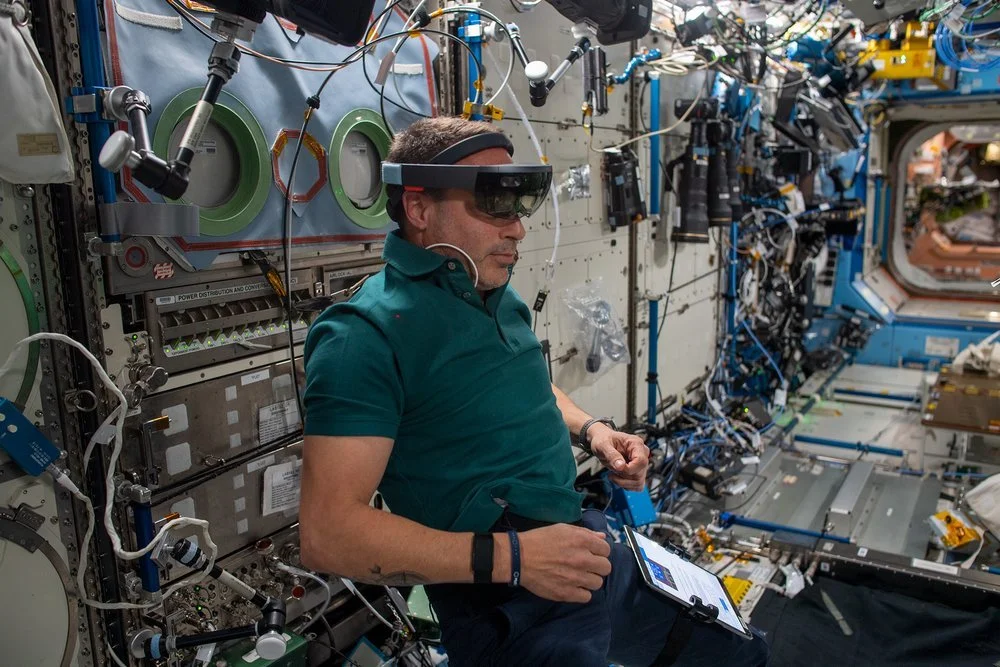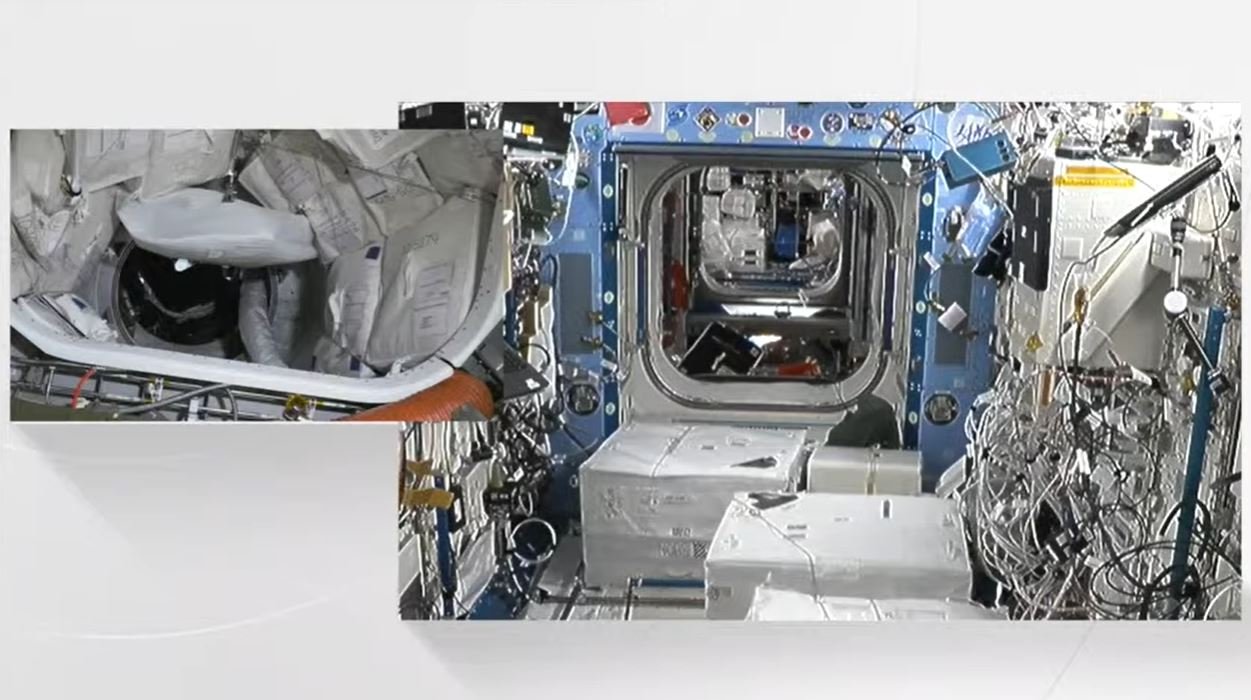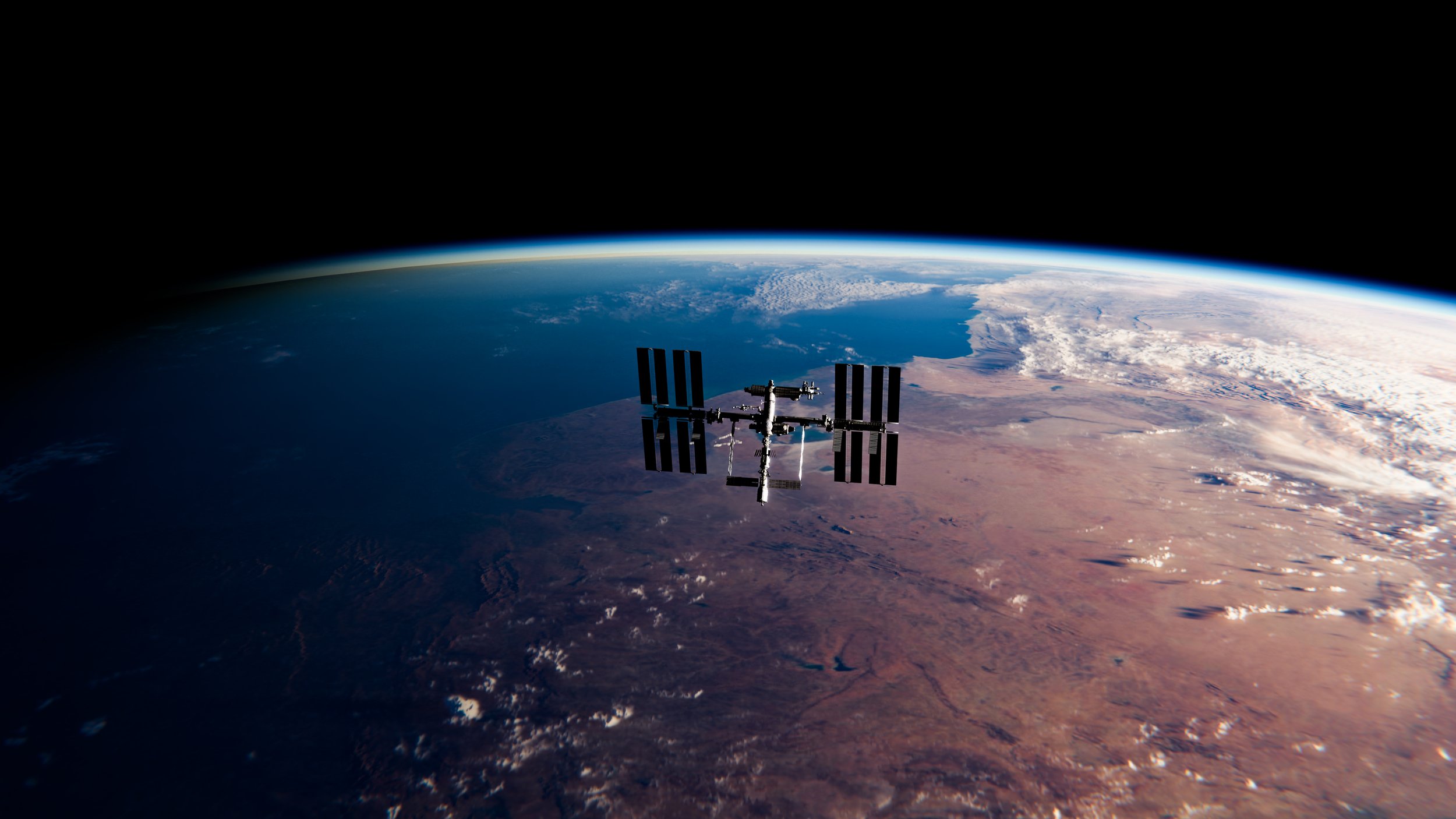HOUSTON, 10 May 2022 – The astronauts of the Axiom Mission 1 (Ax-1) and Axiom Space leadership will host a press conference to discuss their experience as the first all-private astronaut mission to the International Space Station (ISS).
The four-person multinational Ax-1 crew includes Commander Michael López-Alegría of Spain and the United States, Pilot Larry Connor of the United States, and Mission Specialists Eytan Stibbe of Israel and Mark Pathy of Canada.
During their 17 days in space, the crew conducted over 25 scientific experiments and technology demonstrations and completed over 30 outreach efforts from the ISS. The crew returned to Earth with more than 200 pounds of science and supplies, including NASA experiments, hardware, and commercial science payloads.
The Ax-1 mission launched from NASA’s Kennedy Space Center in Florida on Friday, April 8 at 11:17 a.m. for their short-duration mission. Due to unfavorable weather conditions, the crew spent extra days at the space station, returning to Earth on Sunday, April 24, and safely splashing down off the coast of Florida.
Ax-1 is the first of several proposed Axiom missions to the ISS and an important step toward Axiom Station, the world’s first private space station, which will serve as a hub in low-Earth orbit for research and exploration.
Friday, May 13
Ax-1 Post Mission Press Conference – A Conversation with Ax-1 Astronauts
10 a.m. CT
Zoom
Axiom Space leadership and the Ax-1 astronauts will discuss mission highlights, including a recap of the robust research activities, training, and what the crew learned during their time in space. The event will then open to questions from the press and social media. Watch live at AxiomSpace.com or on Axiom Space’s YouTube channel.
Participants include:
Michael Suffredini, President and Chief Executive Officer, Axiom Space
Michael López-Alegría, Commander, Ax-1
Larry Connor, Pilot, Ax-1
Eytan Stibbe, Mission Specialist, Ax-1
Mark Pathy, Mission Specialist, Ax-1
To participate in this press briefing please register no later than 5 p.m. CT, Thursday, May 12 at media@axiomspace.com. Media unable to attend may submit a question to Axiom Space at media@axiomspace.com
Follow along for mission updates with #Ax1 on Twitter, Instagram, Facebook, as well as our website.

